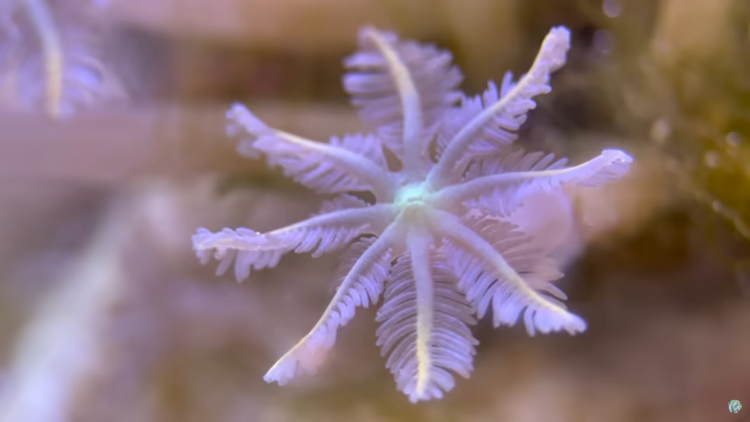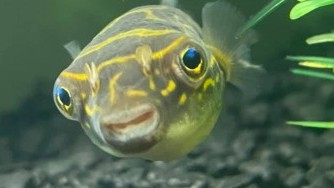Building a Slice of the Ocean, Nano Reef Tank Build
- Oct 29, 2023
- Anshika Mishra
- 161 0 0

Want to build a tiny chunk of the ocean with corals, starfish, Sea Cucumber, and even Hermit crabs? In this article, we'll show you how you can build this tank step by step. The goal is to prove that reef keeping can be simple and done on a budget.
Equipment
For this setup, use a 3-gallon tank, a filter, a light, and a heater. The tank you choose isn't essential, but don't go below 3 gallons. For water movement, use canister filters. These are great because they are quiet.
For light, use a basic one that's inexpensive and of excellent quality—finally, a quality heater.
Now, on to the rockwork. Most sand can't grow on the sand and need a solid surface. That's where the rocks come in. Choose Marko rocks. They are easy to build with. Stack them over each other outside the tank on a piece of cardboard. Use super glue to prevent the stones from collapsing.
The final structure should be full of holes and arcs that provide a lot of surface area for corals and other animals. Please make sure the rocks are clean and place them in the tank. At this point, you can also clip down the light to understand how everything will look like.
Next, place the heater at the back of the tank.
Sand
Add live sand that is packaged in saltwater and is already being colonized with all kinds of beneficial bacteria. Take the sand and carefully add it to the tank. Aim to layer that is 1-2 inches thick.
Filter
Begin by building the intake and output. It will just require you to snap the pieces together. On the canister filter, remove the lid and place sponges in two sections. Also, pour salt water to add established media from another reef tank.
You can also add a bag of carbon to remove impurities and toxins that may find their way into the water. Now, with that done, close the lid and move on to the next step.
Place the intake and output on the tanka and connect them with the filter with some hosing. Now, your tank is ready for water.
Add some water, but it will get cloudy. It's completely normal. Plug in the filter. At first, it will pump out a lot of air bubbles, and soon, the filter will start working perfectly. Let the filter run overnight to clear out the water.
Corals
You can add corals now. Corla is very sensitive and possibly has already been through a lot of stress. So, handle them carefully.
In addition to the corals, add some macro-algae. They will act as a plant soaking the unwanted nutrients from the water.
Care
The upkeep for this tank will be minimal. When the water evaporates, top it off with some distilled water. Feed the corals once every week.






About author